We are now living at a time when dramatic changes and developments are underway, perhaps at the cusp of a shift to new relationships between humans and technology. This keynote session, involving speakers from the arts, sciences and those involved in building bridges between the traditionally distinct worlds, will explore how the power of computers and robots might challenge human activities in the near future, particularly as they relate to human creativity. During the session, the participants will seek to address some key questions around relationships between arts, science, technology and creativity. For instance: What is unique about the human domain of art and creativity? How is creativity in art and in science related? How can science and technology enhance creativity? Can machines themselves be creative? How important are emotions and sensory perceptions in the creative process?
| Date | 15:30-17:00, November 5th(Sat), 2016 |
|---|---|
| Venue | Tokyo International Exchange Center |
| No. | Fb-654 |
| Organizer | Delegation of the European Union to Japan |
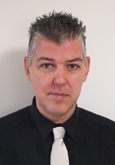
Philippe Codognet
CNRS (French National Center for Scientific Research)
Director of the CNRS regional Office (Japan / Korea / Taiwan)
Philippe Codognet is the Director of the CNRS Regional Office in Tokyo. He researches artificial intelligence, programming languages, combinatorial optimization, logic, and computer-based music. He has more than 120 publications in international scientific journals. He received his Ph.D. in Computer Science from University of Bordeaux-I. He has worked as a researcher at INRIA, Sony Computer Science Laboratory, at University Pierre & Marie Curie (UPMC), and as scientific attaché at the French Embassy in Tokyo. He founded the Japanese-French Laboratory for Informatics, a joint France-Japan research laboratory.
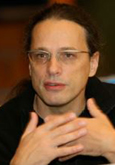
Gerfried Stocker
Director, Ars Electronica
Gerfried Stocker is a media artist and telecommunications engineer. In 1991, he founded x-space, to carry out interdisciplinary projects, and produce installations and performances combining interaction, robotics and telecommunications. Since 1995, he has been artistic director of Ars Electronica. In 1995-96, he headed artists and technicians that developed exhibition strategies and the facility’s in-house R&D department: Ars Electronica Futurelab. He has been responsible for a series of international exhibitions that Ars Electronica has staged since 2004, and, since 2005, the new, expanded Ars Electronica Center.
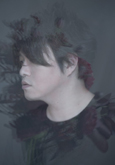
Keiichiro Shibuya
Composer, Musician
A composer and musician (born in 1973) with a BA in Composition from Tokyo National University of Fine Arts and Music. In 2002, he established ATAK, a music label releasing cutting-edge electro-acoustic works by various international artists. In 2012 he staged “THE END”, the first vocaloid opera combining imagery, computer music and devoid of human performers. This work was presented around the world. He is currently based in Tokyo and Paris, and works with many academics, robot scientists, artists, and dancers.
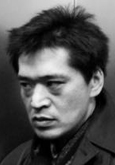
Takashi Ikegami
Professor, University of Tokyo (Department of General Systems Studies, Graduate School of Arts and Sciences)
Takashi Ikegami received his doctorate in physics from the University of Tokyo. He researches artificial life systems in chemical systems, evolutionary robotics and web dynamics. He summarized the results of his research in Life emerges in motion (Seido, 2007) and A Sandwich theory of life (Kodansha, 2012). Ikegami gave a keynote address at the 20th anniversary of the Artificial Life Conference in Winchester, UK. He is a member of editorial boards of Artificial Life, Adaptive Behavior, and BioSystems journals.
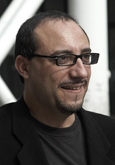
Gerard Assayag
Researcher, IRCAM, Paris
(French Institute for Research and Coordination in Acoustic Music)
Head of IRCAM/CNRS Research Laboratory
Gerard Assayag is the Head of IRCAM/CNRS Research Laboratory on Sciences and Technologies of Music and Sound and of its Music Representation Team which he founded in 1992. His research focuses on music representation, and related programming and technologies. He has designed with his collaborators, OpenMusic and OMax, two music research environments that are used globally for computer assisted composition, analysis and improvisation. He is the founding member of a number of academic societies dedicated to music and information technology, and the editorial boards of numerous journals.

Beatrice de Gelder
Professor, Maastricht University, The Netherlands
(Social and Affective Neuroscience)
Beatrice de Gelder's research focuses on face and body recognition and, recently, the neuroscience of art. She has extensive experience in designing and executing behavioral, functional and anatomical imaging studies, both in healthy and diseased populations. She serves on numerous editorial boards, and recently published Emotions and the Body (Oxford University Press). She was awarded a European Research Council (ERC) Advanced Grant in 2012 to study cultural differences in emotional body expression. She also holds appointments at the University of Cape Town, and University College London (UCL).